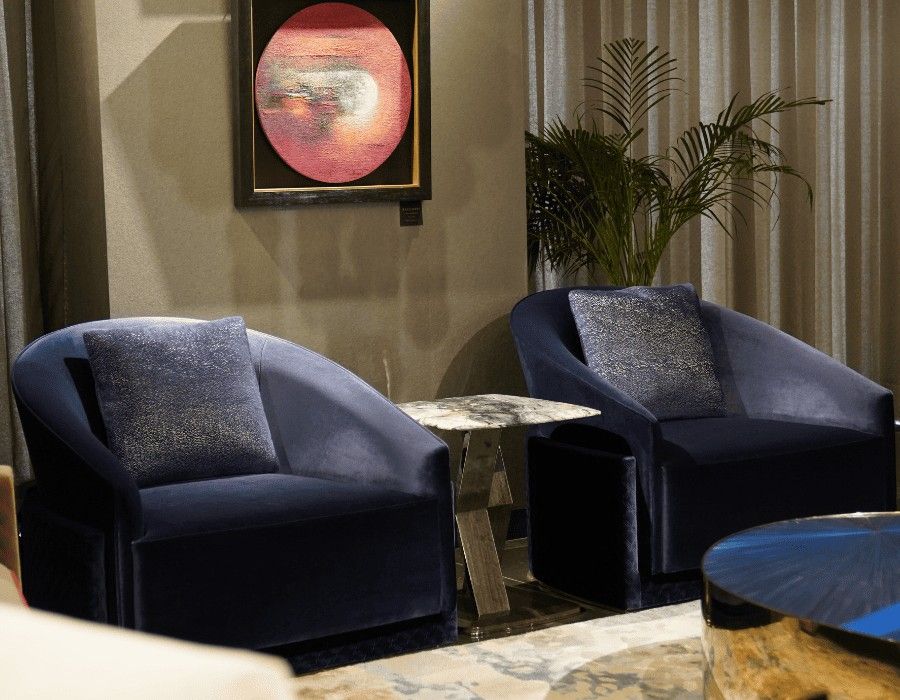From Forest to Living Room: The Journey of Sustainable Furniture & Why It Matters
16 Apr 2025

Sustainability has become a cornerstone of modern design, and the furniture industry is no exception. With a growing emphasis on ethical sourcing, eco-friendly production, and responsible consumption, sustainable furniture is shaping the future of interior spaces. But what exactly goes into creating furniture that is both stylish and environmentally responsible? Let’s explore the journey from forest to living room and why it truly matters.
1. Ethical Sourcing: The Origins of Sustainable Furniture
The foundation of sustainable furniture lies in responsible material sourcing. Ethical forestry practices ensure that wood is harvested in a way that supports biodiversity and maintains ecological balance. Certifications such as FSC (Forest Stewardship Council) and PEFC (Programme for the Endorsement of Forest Certification) guarantee that timber is sourced from well-managed forests. Beyond wood, sustainable furniture incorporates reclaimed materials, bamboo, and recycled metals, reducing dependence on virgin resources. Ethical sourcing not only preserves natural habitats but also ensures fair labour practices for workers involved in the extraction and processing of materials.
2. Eco-Friendly Manufacturing: Reducing the Carbon Footprint
Sustainable furniture production focuses on low-impact manufacturing processes that minimise waste and emissions. Many brands are adopting energy-efficient factories, using water-based adhesives and non-toxic finishes to reduce harmful pollutants. Innovations like 3D printing with biodegradable materials, upcycling waste into new furniture, and zero-waste production techniques are transforming how furniture is made. By embracing green manufacturing, companies can significantly lower their carbon footprint while producing high-quality, durable pieces.
3. Longevity & Circular Design: A Future-Forward Approach
Sustainability goes beyond sourcing and production—it extends to durability and recyclability. Modular designs allow furniture to adapt to changing needs, reducing the demand for disposable pieces. High-quality craftsmanship ensures longevity, meaning fewer pieces end up in landfills. Additionally, the rise of the circular economy encourages brands to design furniture that can be repaired, refurbished, or recycled at the end of its lifecycle. Many luxury brands are now offering take-back programmes and second-life initiatives, giving old furniture a new purpose instead of discarding it.
Conclusion: Investing in a Sustainable Future
Sustainable furniture is more than just a trend—it is a movement towards a more conscious way of living. By prioritising ethical sourcing, eco-friendly production, and long-lasting design, consumers and brands alike can contribute to a healthier planet. From forests to living rooms, every step in the journey of sustainable furniture matters. Investing in pieces that align with these values not only enhances our homes but also helps build a future where design and sustainability go hand in hand.